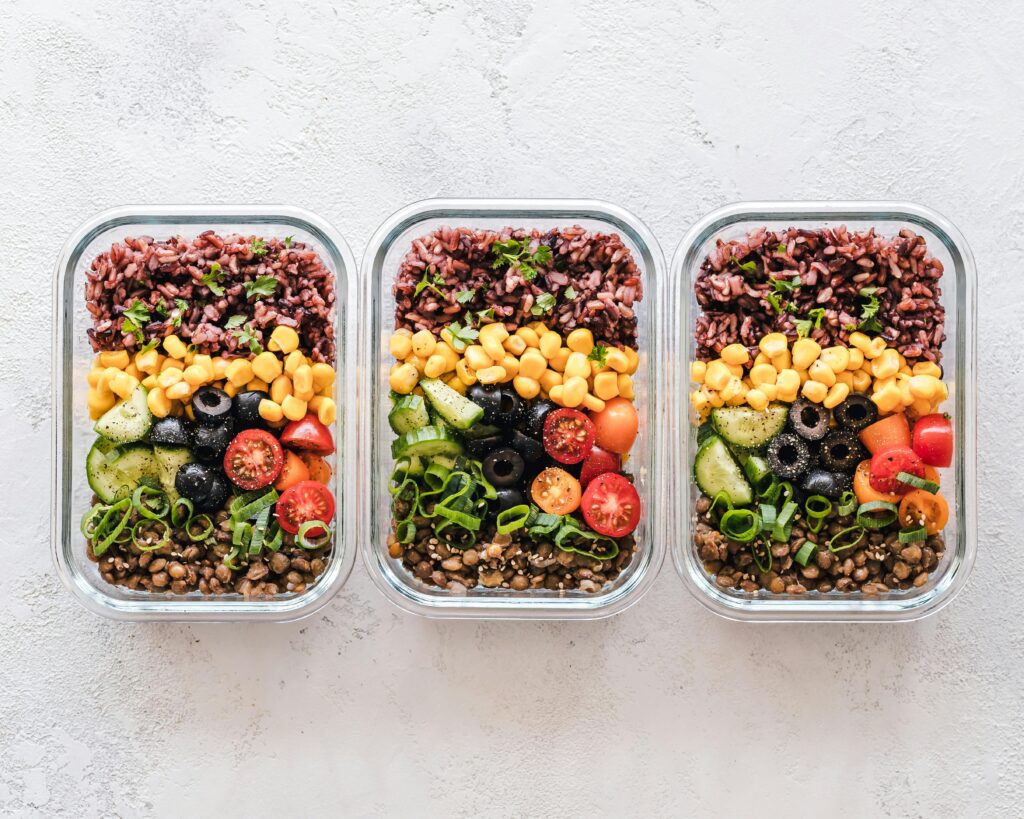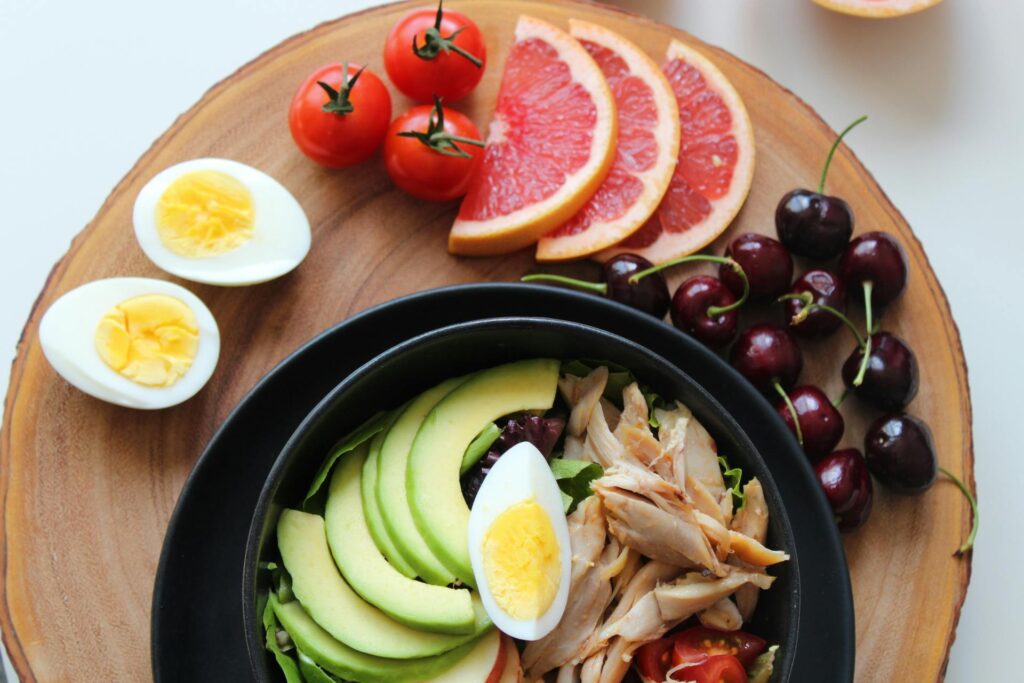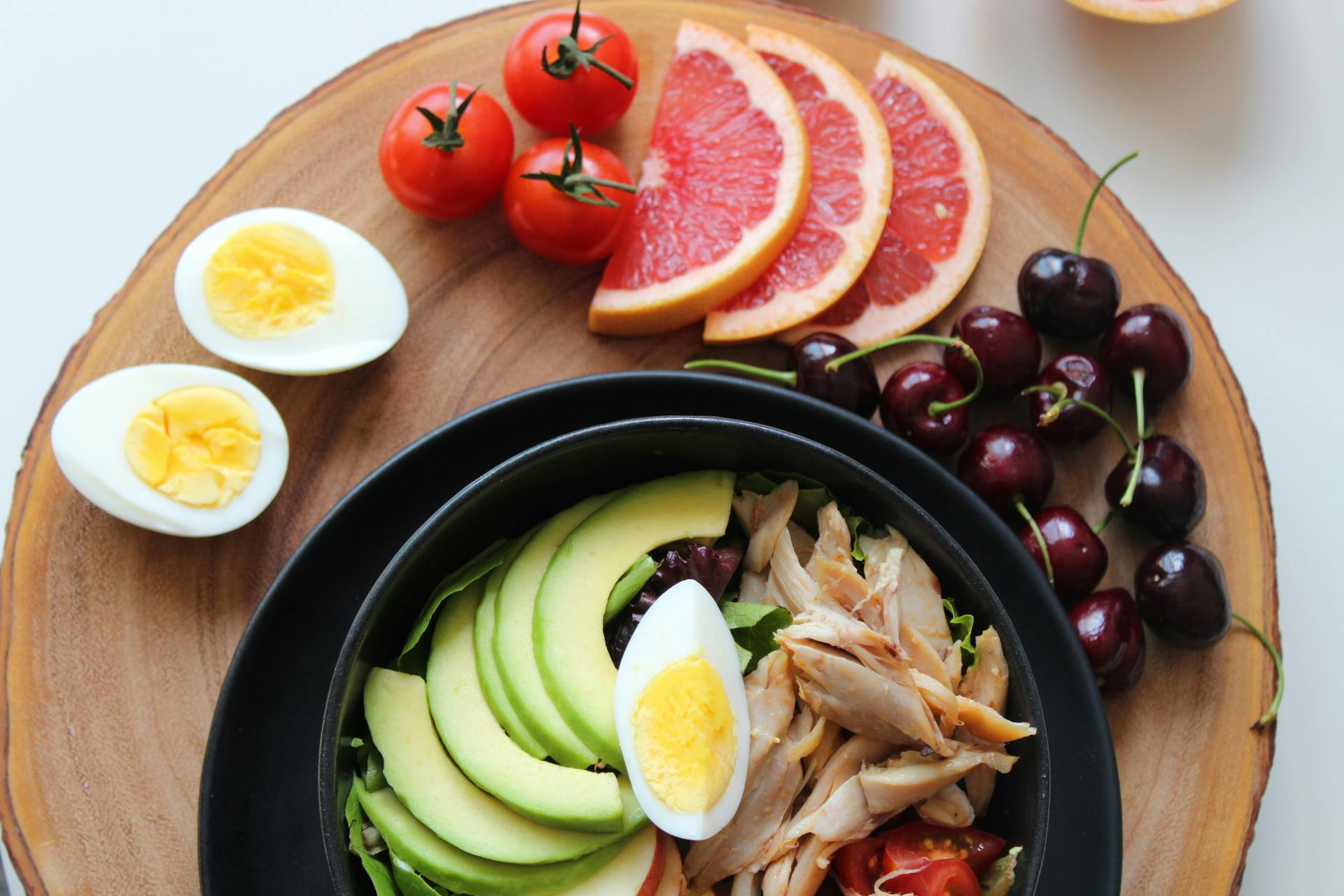
Introduction: Why Healthy Food Matters
Eating healthily is more crucial than ever in the fast-paced world of today. A healthy, balanced diet gives the body the vitamins, minerals, and nutrients it needs to do its job. Selecting nutritious food is an investment in long-term health, disease prevention, weight management, and mental clarity.
People’s awareness of how their diet affects their general health is growing as obesity, diabetes, and heart disease rates rise. However, what is healthy eating, and how can you make it a part of your daily routine? This article explains it to you.
What is Healthy Food?
Natural, minimally processed foods high in vitamins, fiber, protein, and healthy fats are referred to as healthy food. These foods improve mental and physical performance, lower the risk of chronic illnesses, and support optimal body functions.
Characteristics of Healthy Foods:
- High in nutrients
- Low in added sugar and sodium
- Free from artificial additives
- Rich in antioxidants and phytochemicals
- Balanced in macronutrients: carbohydrates, proteins, and fats
Top Benefits of Eating Healthy Food

1. Boosts Energy Levels
Lean proteins, whole grains, fruits, and vegetables provide consistent energy throughout the day, preventing sugar crashes and fatigue.
2. Improves Heart Health
Nuts, seeds, olive oil, and fatty fish are good sources of healthy fats that lower bad cholesterol and promote heart health.
3. Supports Weight Management
Eating whole foods high in protein and fiber prolongs feelings of fullness, which lowers cravings and promotes natural weight loss.
4. Enhances Brain Function
Memory, mood, and focus are enhanced by nutrients like antioxidants, B vitamins, and omega-3 fatty acids that are present in a healthy diet.
5. Strengthens the Immune System
Your immune system is strengthened and you are protected from infections and inflammation by eating a diet high in fruits, vegetables, and whole foods.
Top Healthy Foods You Should Include in Your Diet
1. Leafy Greens
Vitamins A, C, and K, along with iron and fiber, are abundant in spinach, kale, and Swiss chard.
2. Whole Grains
Good sources of fiber and complex carbohydrates that support digestive health include barley, quinoa, brown rice, and oats.
3. Fruits
Vitamins, antioxidants, and fiber are abundant in berries, apples, oranges, and bananas. Every day, try to eat a variety of fruits.
4. Lean Proteins
Fish, eggs, legumes, tofu, skinless chicken, and turkey are low in bad fats and high in protein.
5. Healthy Fats
Essential fatty acids found in avocados, nuts, seeds, and olive oil promote heart and brain health.
6. Fermented Foods
Because they contain probiotics, foods like yogurt, kefir, kimchi, and sauerkraut are great for gut health.
Tips for Eating Healthy Every Day

1. Plan Your Meals
Planning your meals helps you avoid impulsive eating and guarantees that each meal contains a balance of nutrients.
2. Read Food Labels
Always look for hidden sugars, sodium, and bad fats on nutrition labels. Choose ingredients that you are familiar with.
3. Cook at Home
You have complete control over the ingredients, serving sizes, and preparation techniques when you cook at home.
4. Hydrate Properly
Water consumption is essential for metabolism, digestion, and general health. Steer clear of sodas and other sugary beverages.
5. Snack Smart
Replace processed snacks with nuts, seeds, fruit slices, or yogurt for a healthy energy boost between meals.
Common Myths About Healthy Food
Myth 1: Healthy Food is Expensive
Many nutritious foods, such as beans, whole grains, and in-season produce, are widely accessible and reasonably priced, even though some organic options can be costly.
Myth 2: Healthy Eating is Boring
Healthy meals can be tasty and filling if prepared with the correct herbs, spices, and cooking methods.
Myth 3: You Need to Diet to Eat Healthy
Balance and making thoughtful food choices that promote your wellbeing are key components of healthy eating, not restriction.
How to Make the Switch to a Healthier Diet
- Start Small: Replace white bread with whole grain bread, for example, and make one healthy substitution at a time.
- Steer clear of processed foods: Limit your consumption of fast food, sugary cereals, and packaged snacks.
- Plate Balance: Put half of your plate in vegetables, 25% in protein, and 25% in whole grains.
- Eat mindfully: by observing your body’s signals of hunger and fullness and avoiding distracted eating.
- Maintain Consistency: The secret to long-term health is consistency, not perfection.
Conclusion: Choose Health, One Meal at a Time
Strict restrictions or denying yourself the foods you enjoy are not the goal of eating healthily. It’s all about feeling fantastic, having more energy, getting healthier, and elevating your mood. Healthy eating becomes a lifestyle rather than a chore with a few deliberate decisions and persistent work.
Adopting healthy eating habits will help you live a more vibrant life, regardless of your goals—whether they are to manage a health condition, reduce weight, or just feel better every day. Remember that every healthy decision counts, start small, and remain dedicated.
Call to Action (CTA):
Ready to take control of your health? Start by adding one new healthy food to your next meal. For more tips and clean eating recipes, subscribe to our newsletter today!


1 thought on “Healthy Food: Benefits, Tips, and Top Choices”